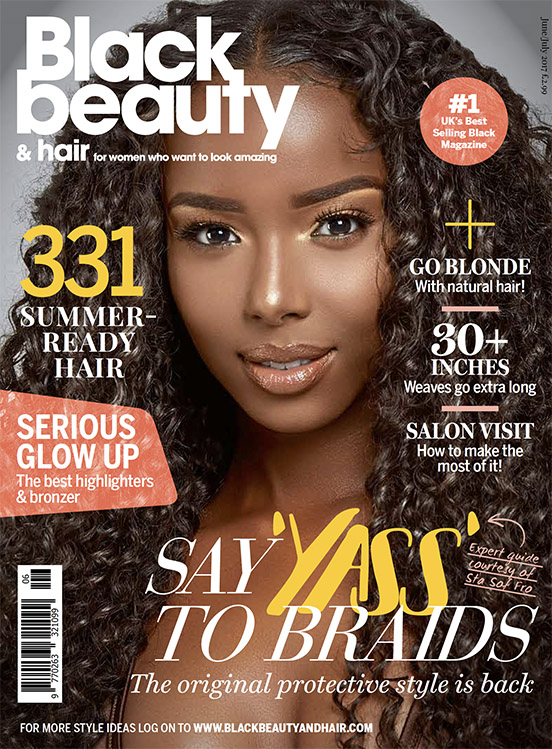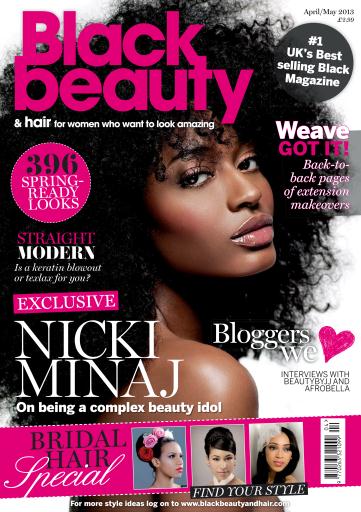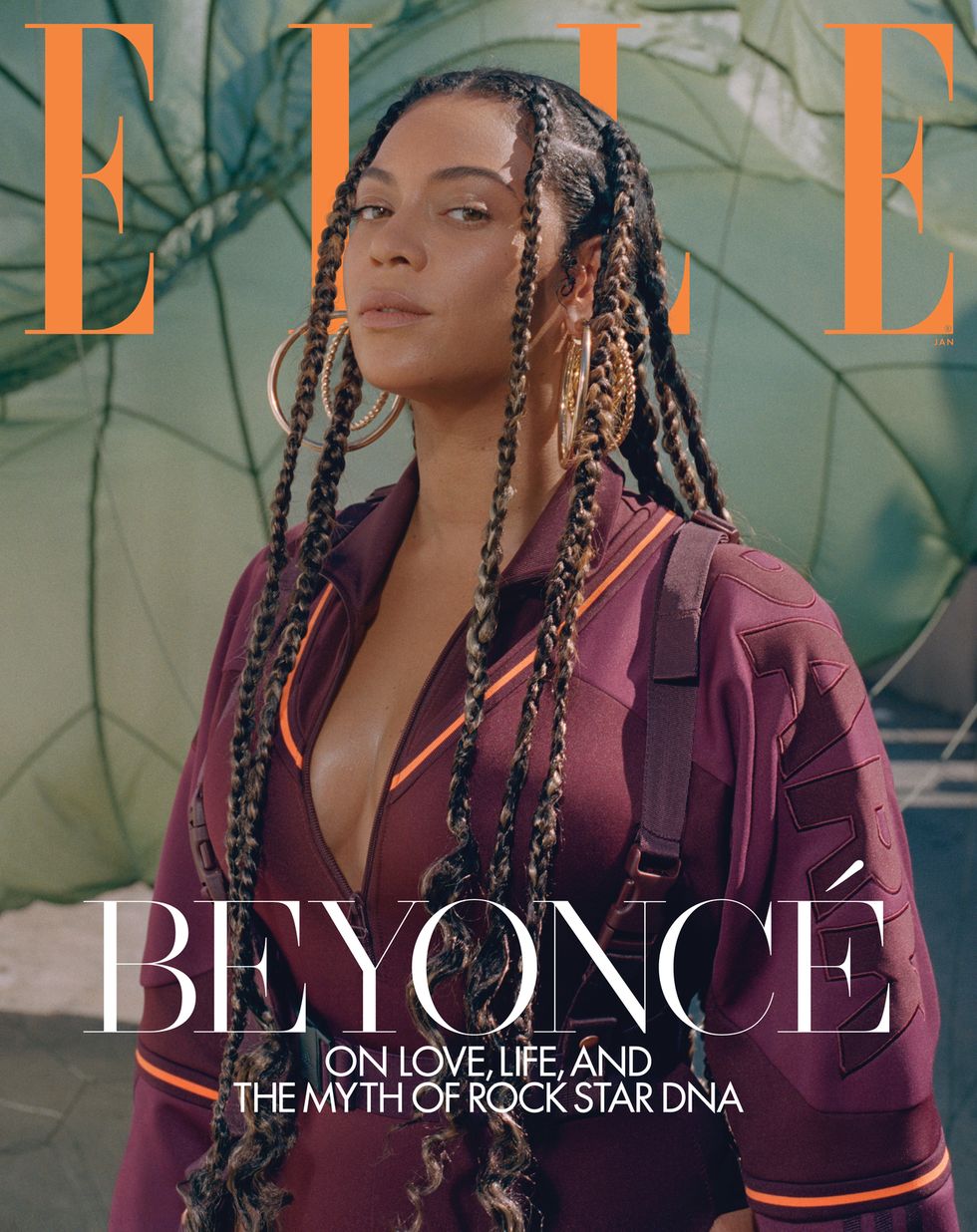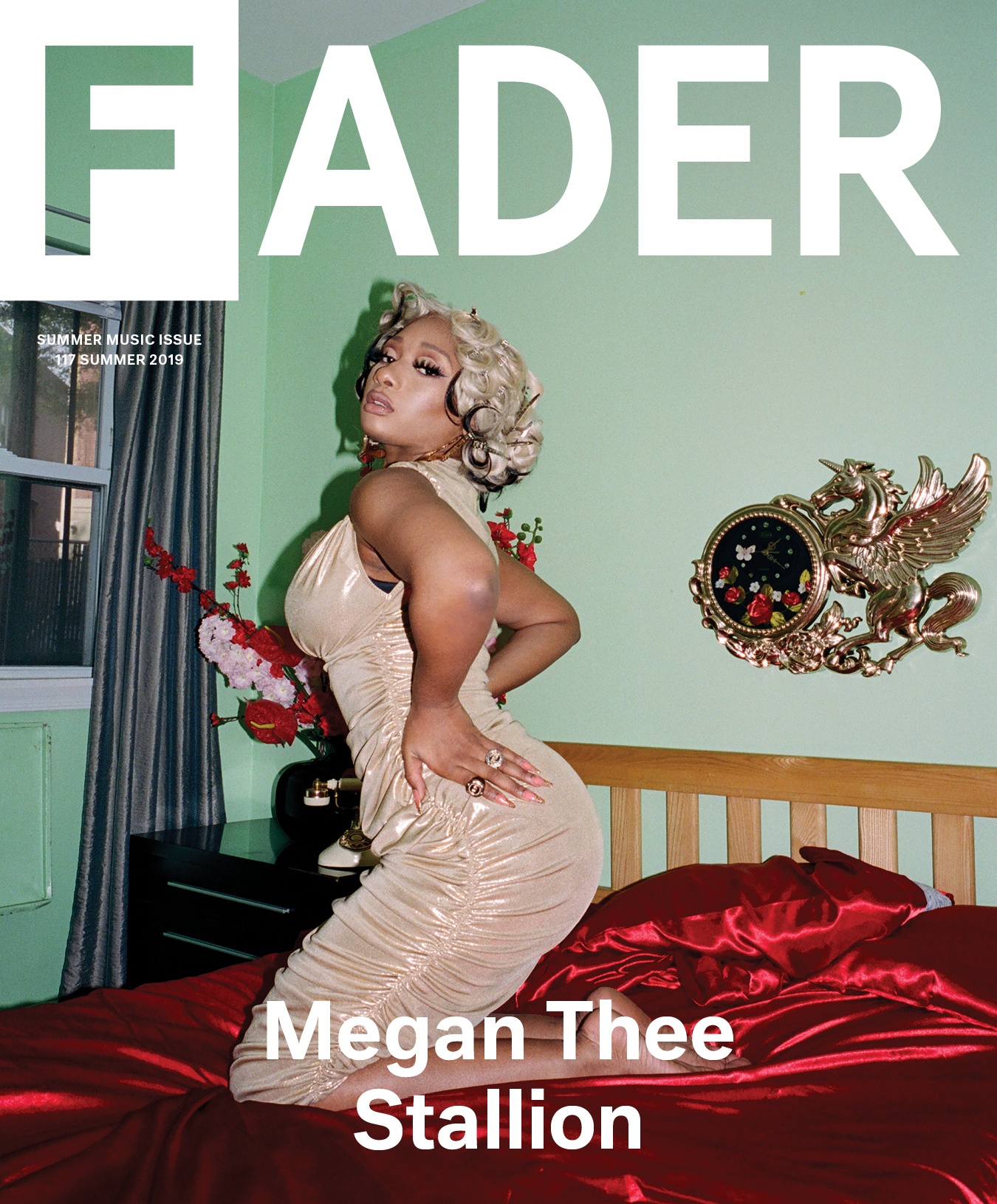Women are often sexualized in the media. There are pressured to conform to unideal beauty standards that will attract and entertain a specific audience, as well as to sell a product. They are painted as dependent, bitter, unintelligent, or manipulative characters. Magazines, albums, and movie covers showcase women wearing revealing outfits that accentuates their curves as they are doused in makeup, hair extension ,etc, to attract consumers to buy the album, movie, or magazine. Women in the music industry, primarily rap go through extreme lengths to create a distincts look and style. Rappers like Nicki Minaj and Megan the Stallion invest endless hours and finances into their hair, makeup, jewelry, and clothing to set themselves apart from the demeaning stereotypes women in the music industry are painted in.
However, there are prominent women in the media that rise to the occasion and makes a conscious effort to dispute misogynist stereotypes. Female musicians like Beyonce, Rihanna, and Billie Eilish disproves the stereotypes that a successful women has to dumb herself down, shrink her personality, or form a new identity to be accepted by the media. The media puts women in a box so that they are accepted by the world, but there are liberated women like these that shows young girls that they can make it while staying true to themselves.
Beyonce on the cover page of Elle Magazine fully clothed, wearing limited makeup and accessories while modelling a piece from her clothing line. This is one example of how prominent women are presented in the media without being forced to conform into beauty standards.

























